Media | Articles
Final Parking Space: 1963 Chevrolet Corvair Monza Club Coupe
The Chevrolet Corvair remains by far the most controversial American car ever made. With nearly two million built for the 1960 through 1969 model years, it’s also reasonably plentiful in American car graveyards to this day. Today’s Final Parking Space machine is a ’63 Corvair Monza two-door, now residing in a family-owned yard just south of the Denver city limits.
By the late 1950s, Volkswagen, Renault and other overseas manufacturers were proving that American car shoppers were willing to buy small cars, while American Motors was cleaning up by selling easy-to-maneuver Ramblers. In response, Ford got into the compact game with the Falcon while Chrysler did the same with the Valiant, both of which featured some engineering innovations but didn’t deviate far from traditional Detroit designs. General Motors, meanwhile, went radical with its design for a new compact for the Chevrolet Division to sell.
The Corvair had an air-cooled flat-six engine in the back, much like the later Porsche 911. This allowed GM to lighten the car by using a transaxle instead of separate transmission and drive axle assemblies, while also eliminating the weight and complexity of a liquid cooling system.
More important, the design permitted the use of a flat floor with no driveshaft tunnel. A bench-seat-equipped Corvair could thus fit six occupants while occupying a very small footprint and boasting a curb weight of about 2300 pounds (hundreds of pounds fewer than a 2024 Nissan Versa). Putting the engine behind the rear wheels also improved traction on snow and ice.
Drawbacks to the design included the difficulty of providing effective passenger heat to an air-cooled car and handling that proved much different than that of the front-engine/rear-wheel-drive cars that most Americans had been piloting since the days of the Ford Model T. Rear-engined cars tend to be prone to oversteering during loss of traction, and the early Corvair’s swing-axle rear suspension (similar to that of the VW Beetle and Mercedes-Benz W120) could cause rear-end jacking in extreme situations.
Marketplace
Buy and sell classics with confidence
The 1962 death of comedian Ernie Kovacs in a Corvair crash made headlines, and Chevrolet didn’t help matters by skipping a front anti-sway bar on the early Corvairs (recommending 15 psi of front tire pressure instead). Continuous Corvair suspension improvements were made over the years, with a fully independent rear suspension going into the 1965 and later cars, but the damage to the Corvair’s reputation had been done.
Corvair sales peaked in 1961 and 1962, declined significantly during 1963 through 1965, then fell off a cliff in 1966. Production continued through 1969, but few were paying attention to the Corvair by that point. Ralph Nader gets most of the blame from enthusiasts for the demise of the Corvair, but his “Unsafe at Any Speed” wasn’t published until the end of 1965 and didn’t attract much mainstream attention until the following year. (For a deeper look at whether the Corvair will really kill you, click here -Ed.)
What really killed the Corvair was competition from within the Chevrolet Division itself, taking the form of the Chevy II/Nova compact. That car, which debuted as a 1962 model, wasn’t much bigger than the Corvair and had a traditional water-cooled engine driving the rear wheels (it didn’t hurt that it looked quite a bit like its handsome full-sized Chevrolet brethren). The Corvair barely edged out the Chevy II/Nova in sales for 1962, then fell steadily behind thereafter.
This car is a Corvair 900, also known as a Monza, the top Corvair trim level. The Monza began life in coupe-only form, but it spread to sedans and wagons soon after. GM had envisioned the Corvair sedan as the big seller for the line, but buyers flocked to the coupes and convertibles. Very bad news for Corvair sales arrived at Ford dealerships in 1964 when a certain Falcon-based sporty car hit the scene; every Mustang buyer was a potential Corvair Monza coupe buyer who got away.
From the build tag, we can see that this car was built at Willow Run Assembly in Michigan during the last week of October, 1962, and that the exterior paint was Ermine White. It was equipped with the optional folding rear seats.
It has the base three-speed manual transmission (a two-speed Powerglide was optional, as was a four-speed manual) and the 80-horsepower engine.
The optional AM radio shows the CONELRAD nuclear-attack frequencies at 640 and 1240 kHz. Nineteen-sixty-three was the last year in which these markings were required.
Worth restoring? This one is pretty rough from sitting outdoors in the harsh High Plains Colorado climate for decades, so it makes more economic sense as a parts donor for nicer Corvairs.
***
Check out the Hagerty Media homepage so you don’t miss a single story, or better yet, bookmark it. To get our best stories delivered right to your inbox, subscribe to our newsletters.
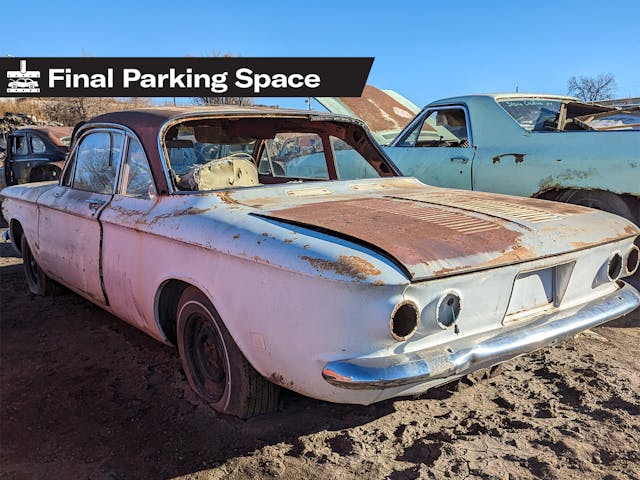

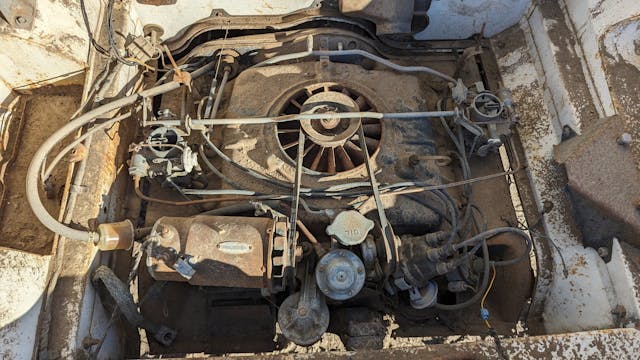

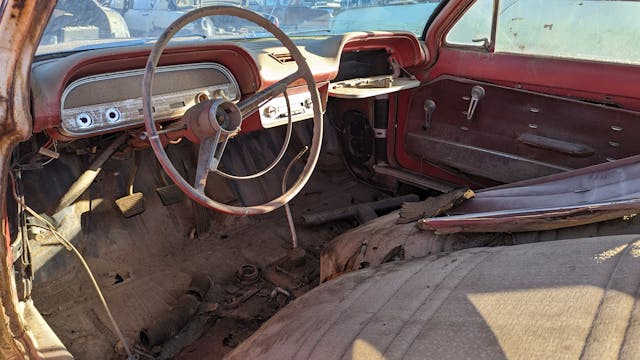

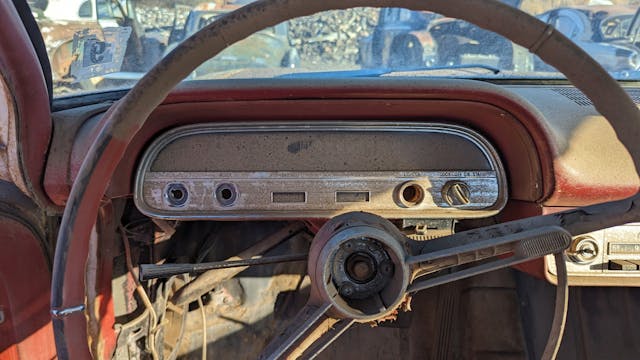
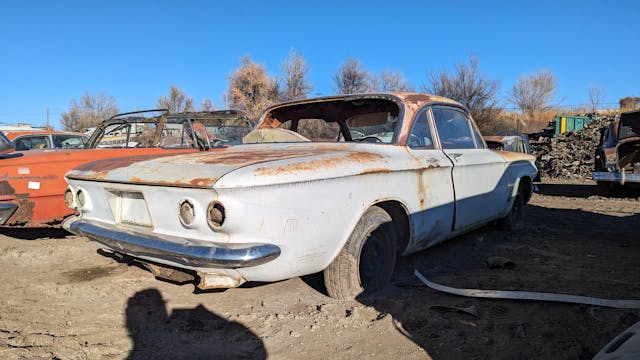

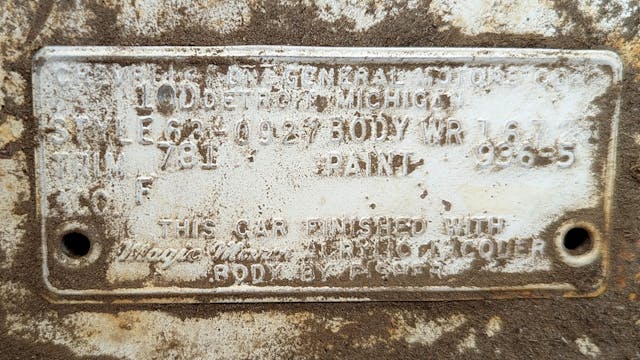

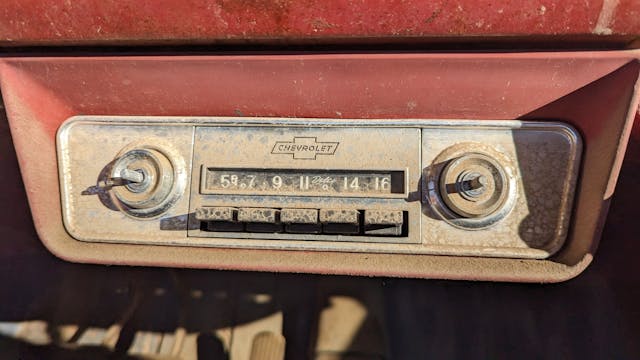
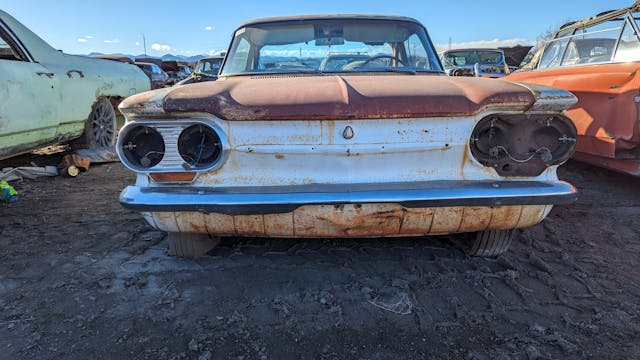
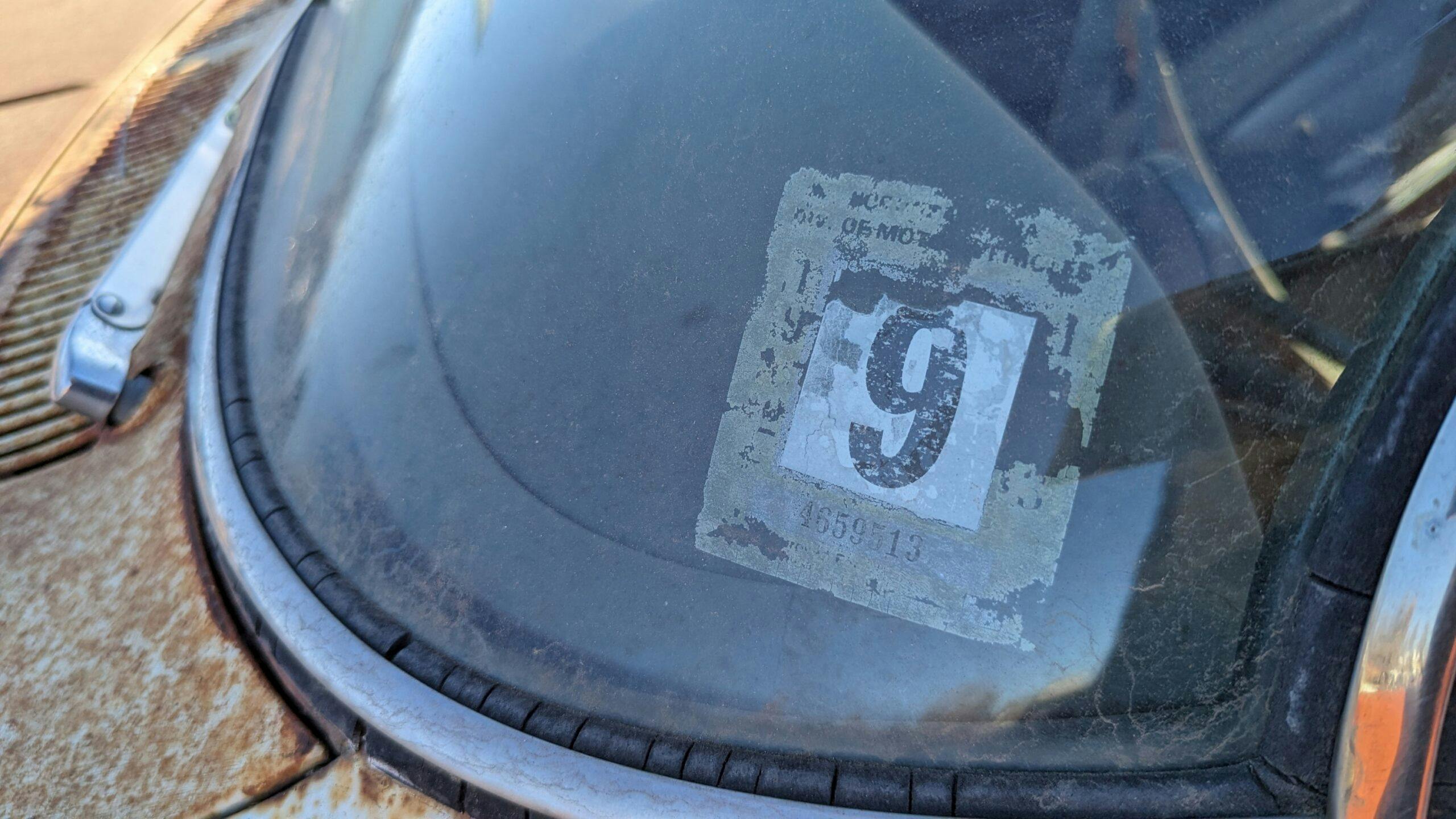
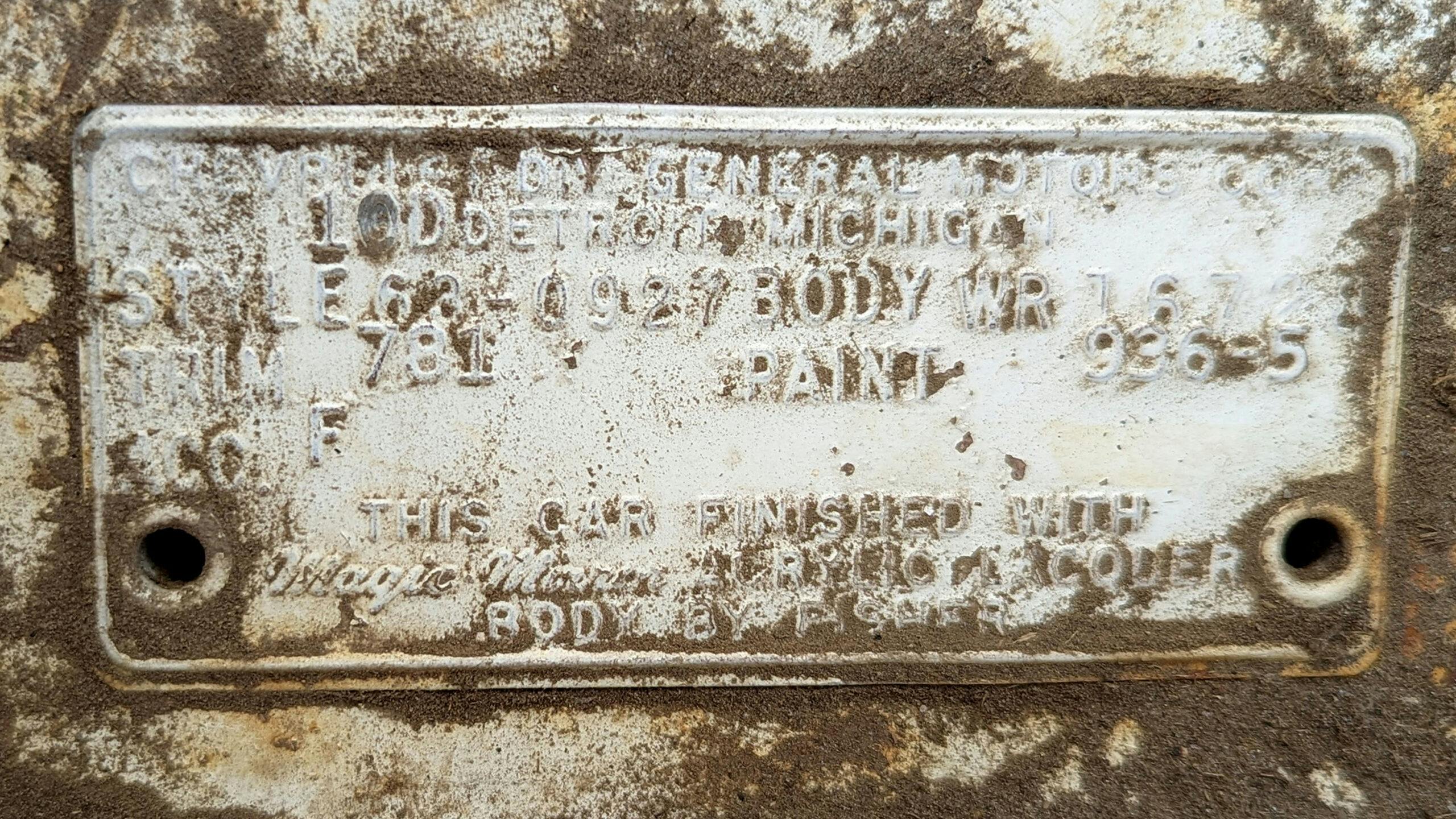
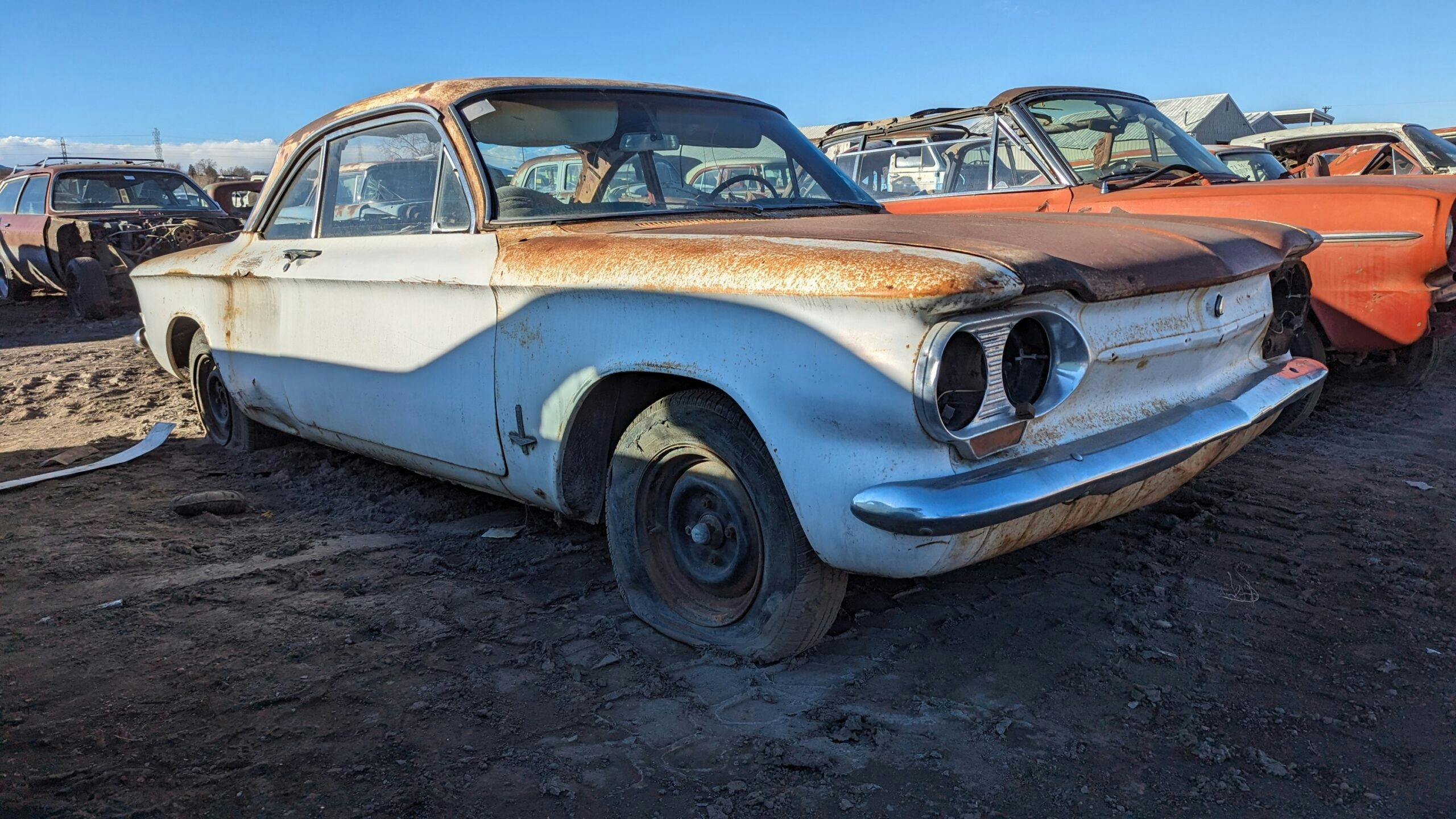
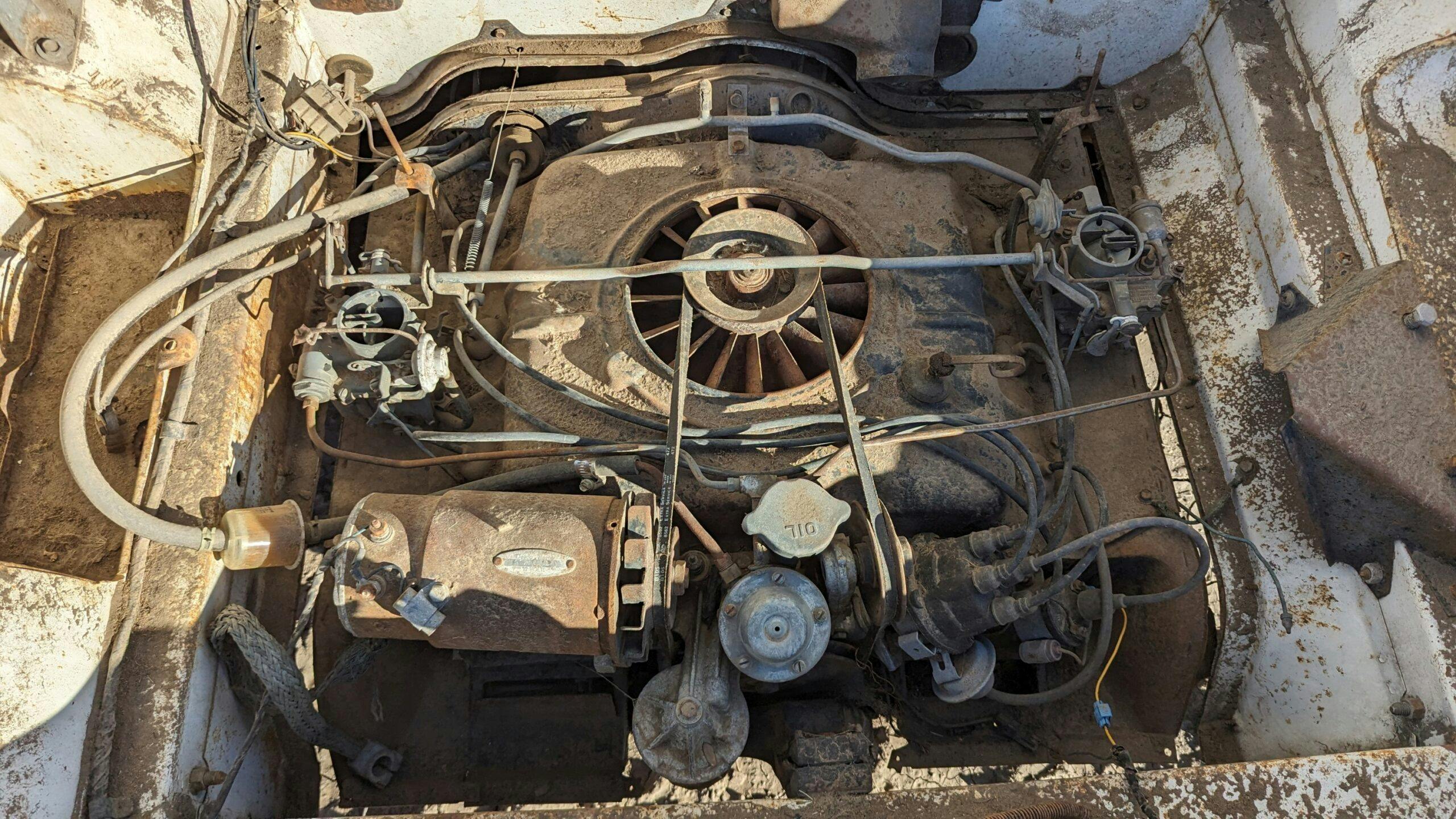
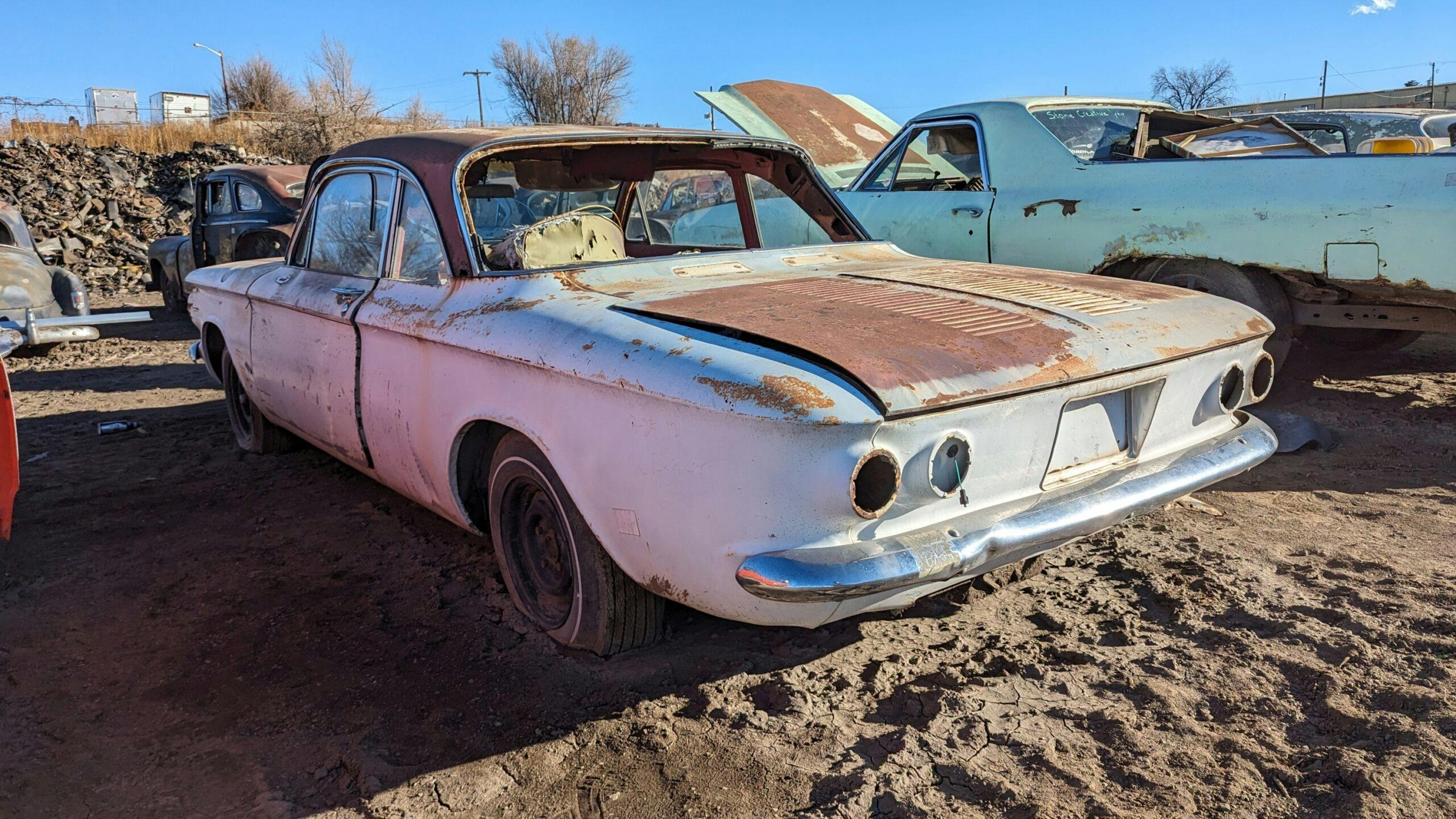

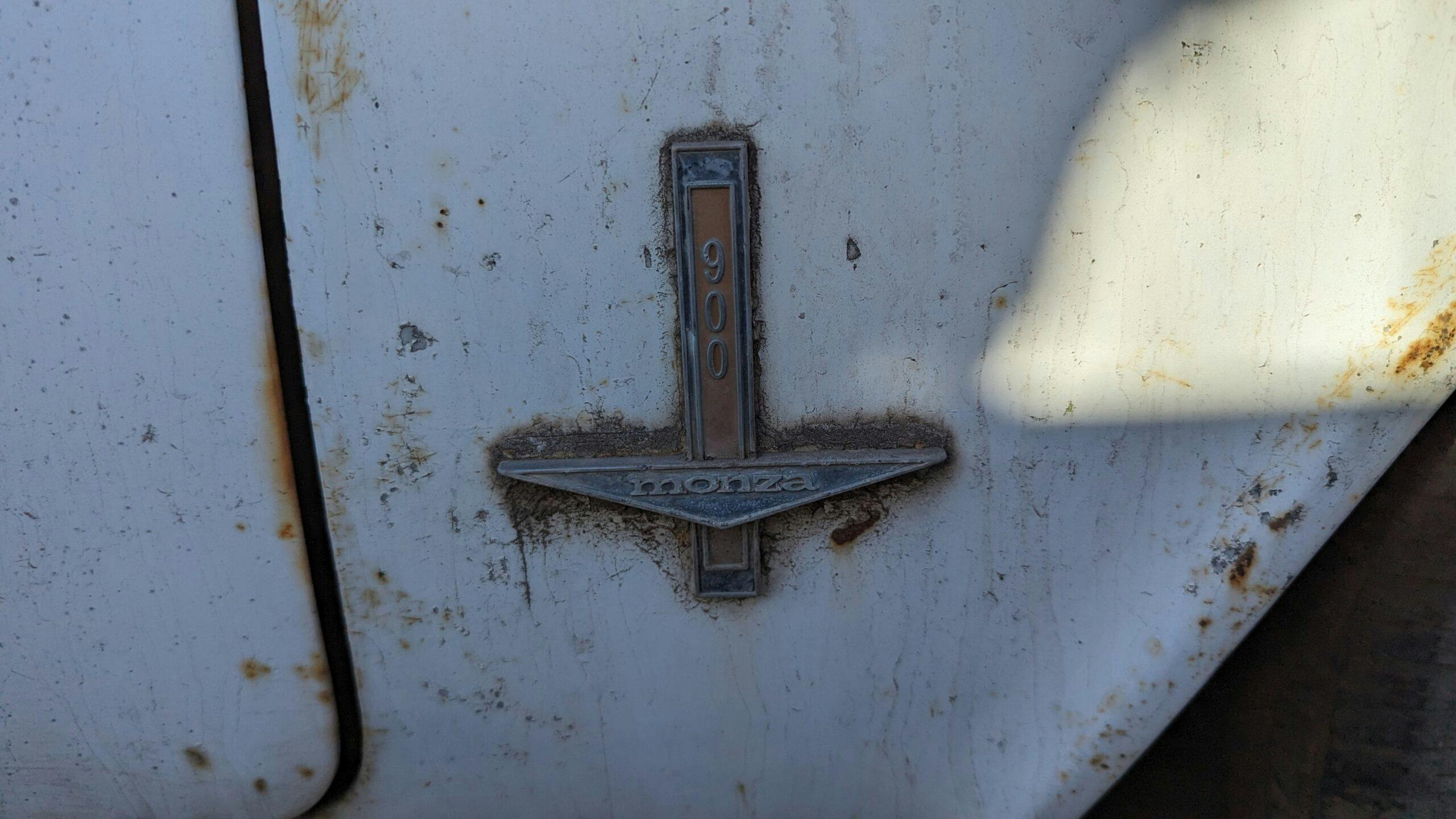
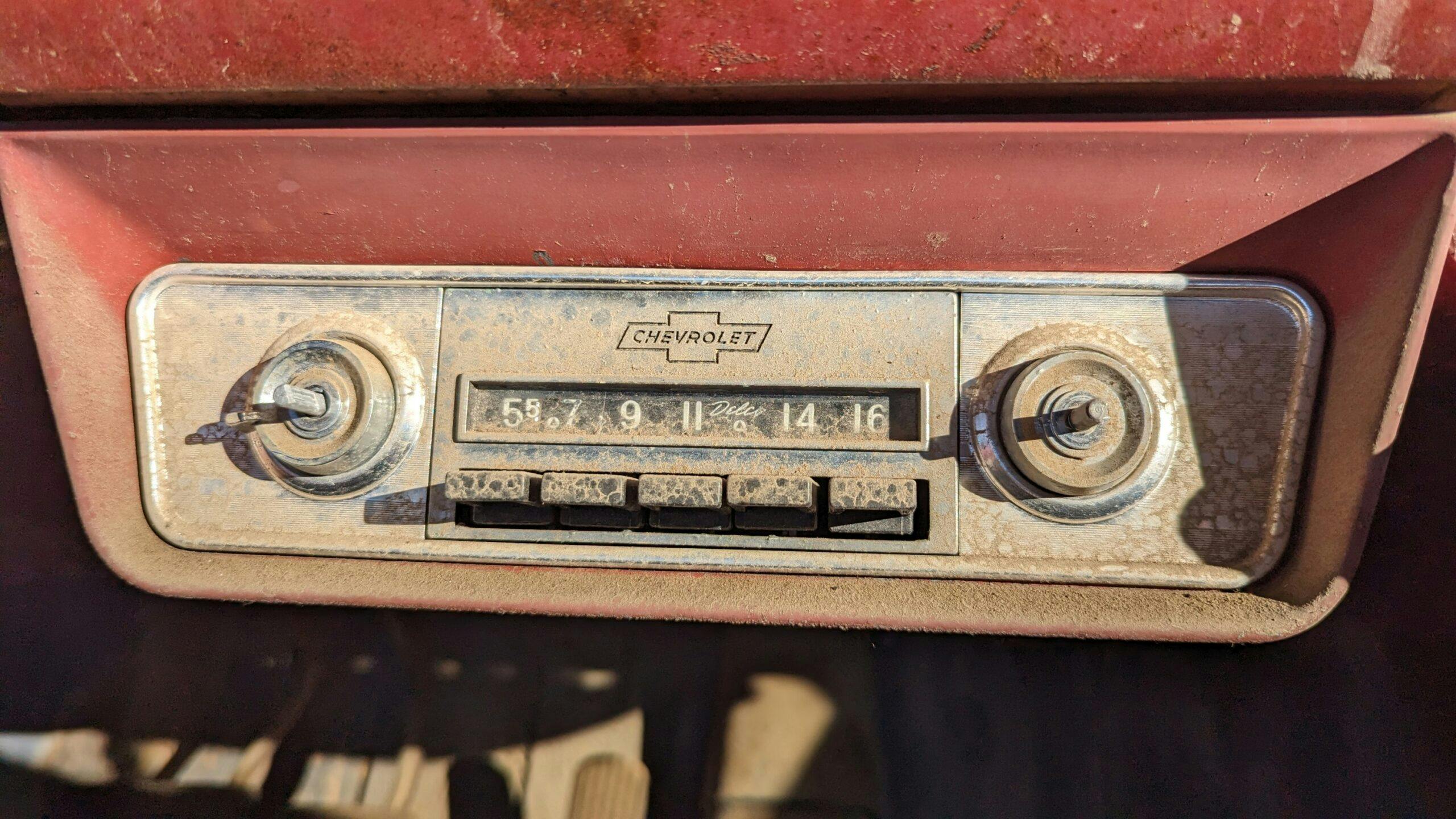
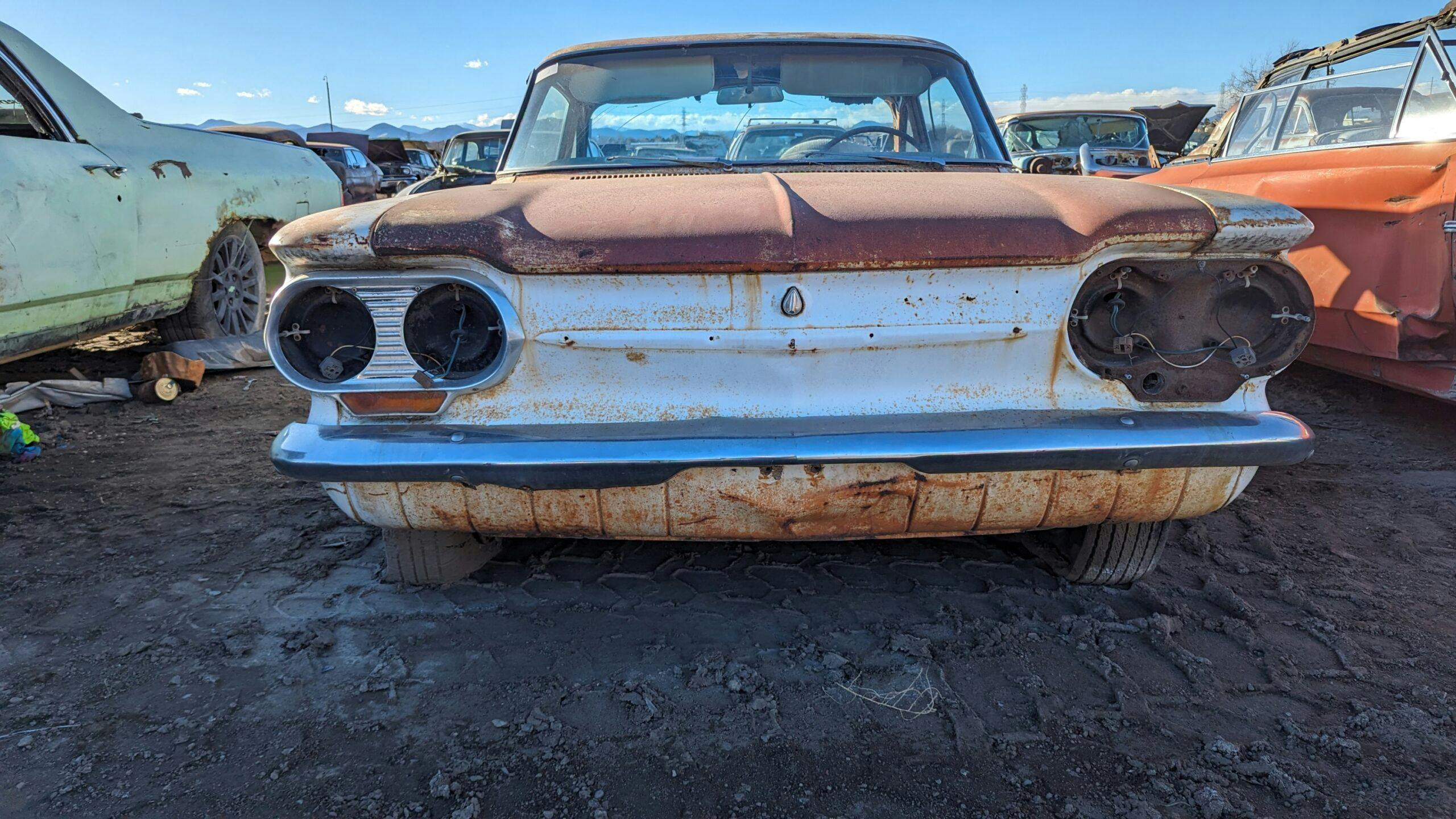

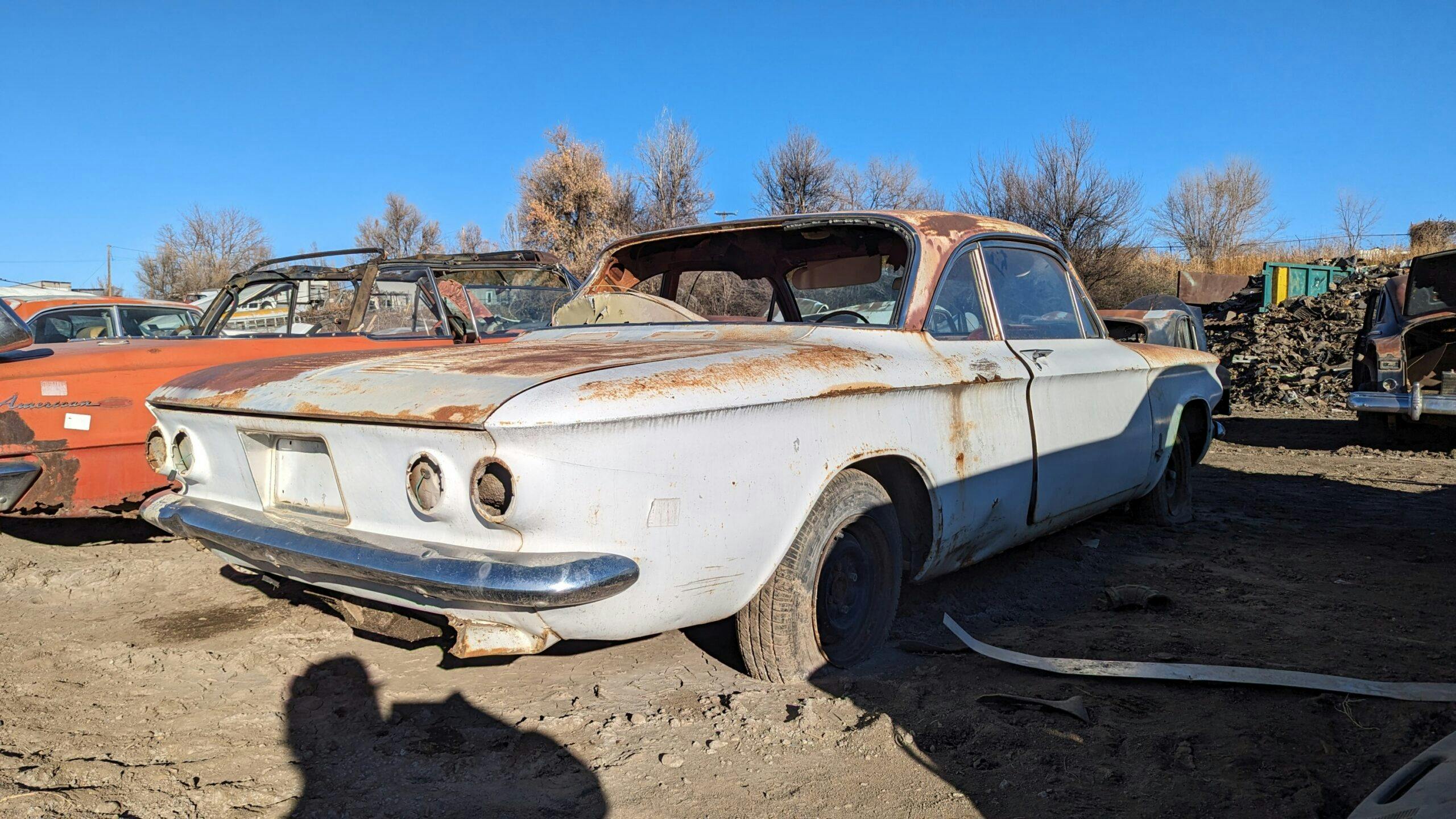
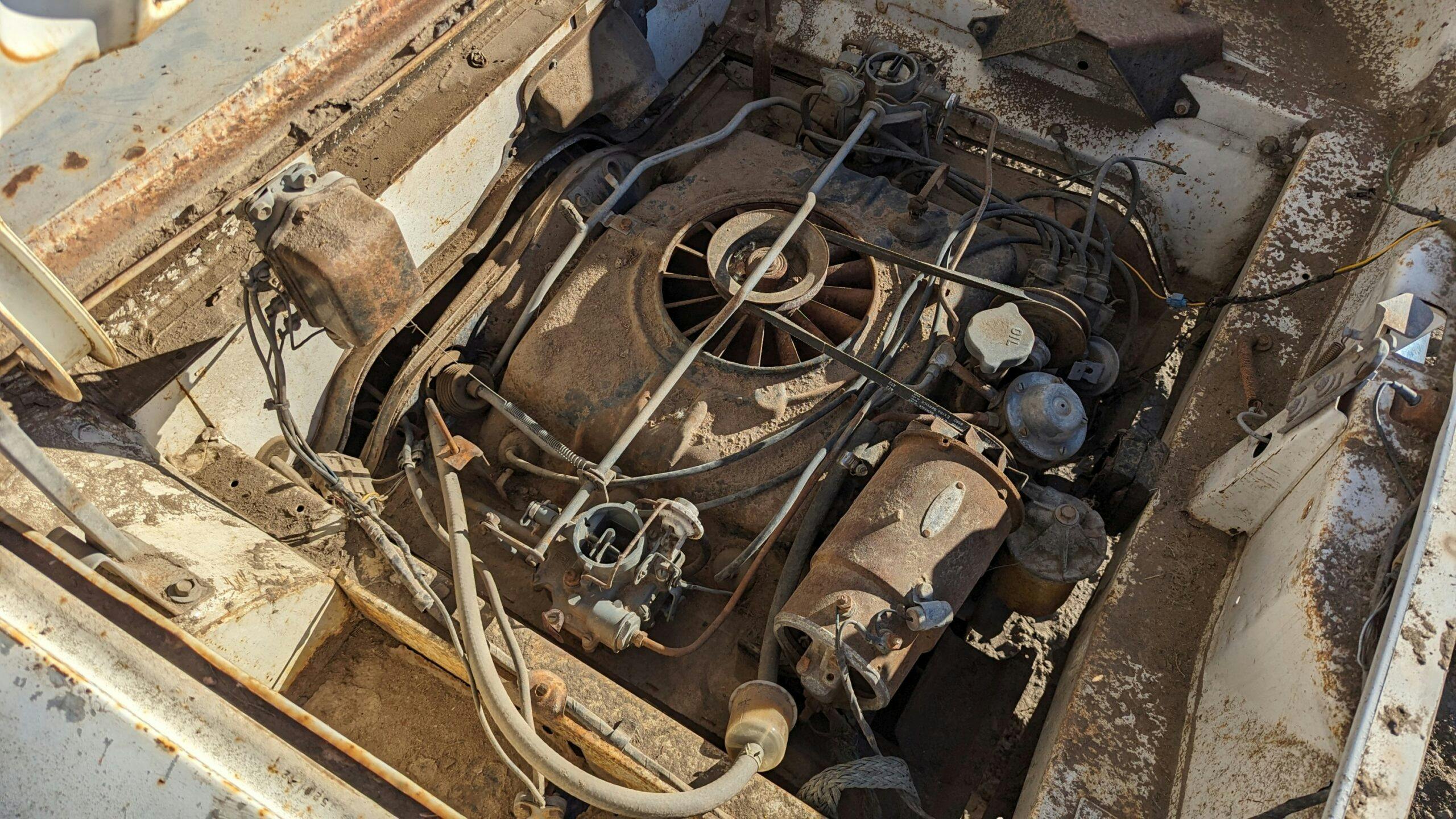


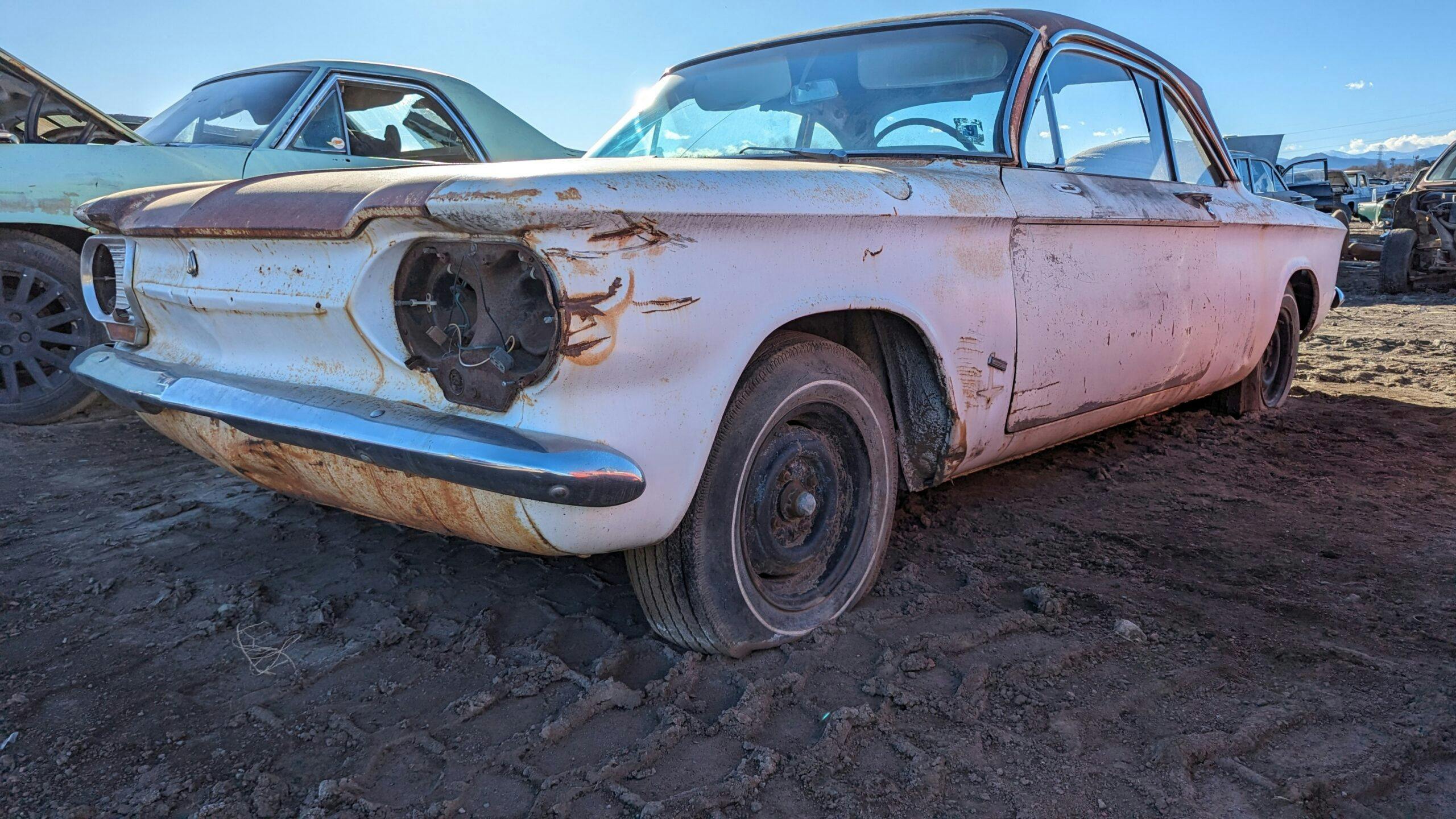
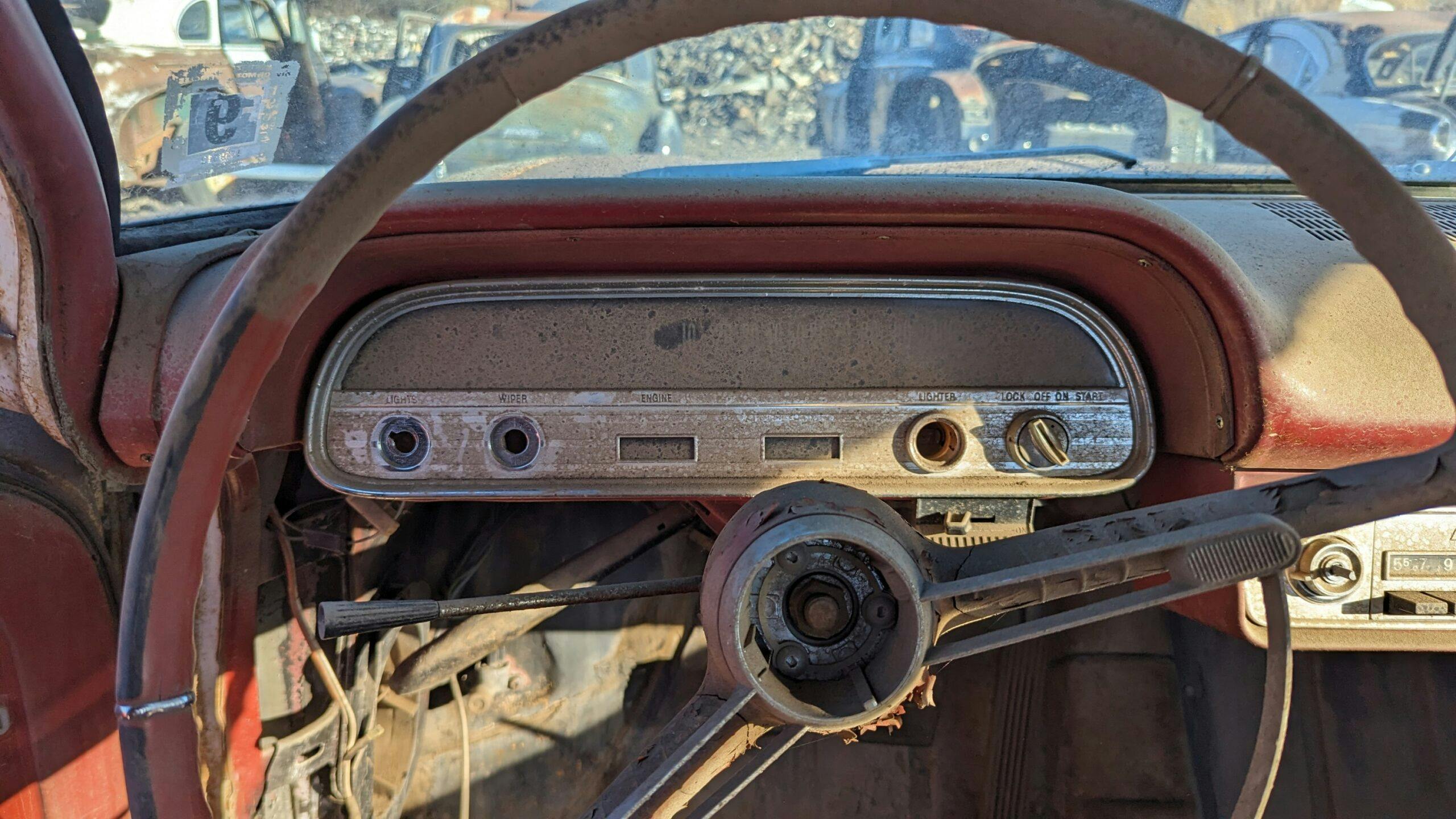

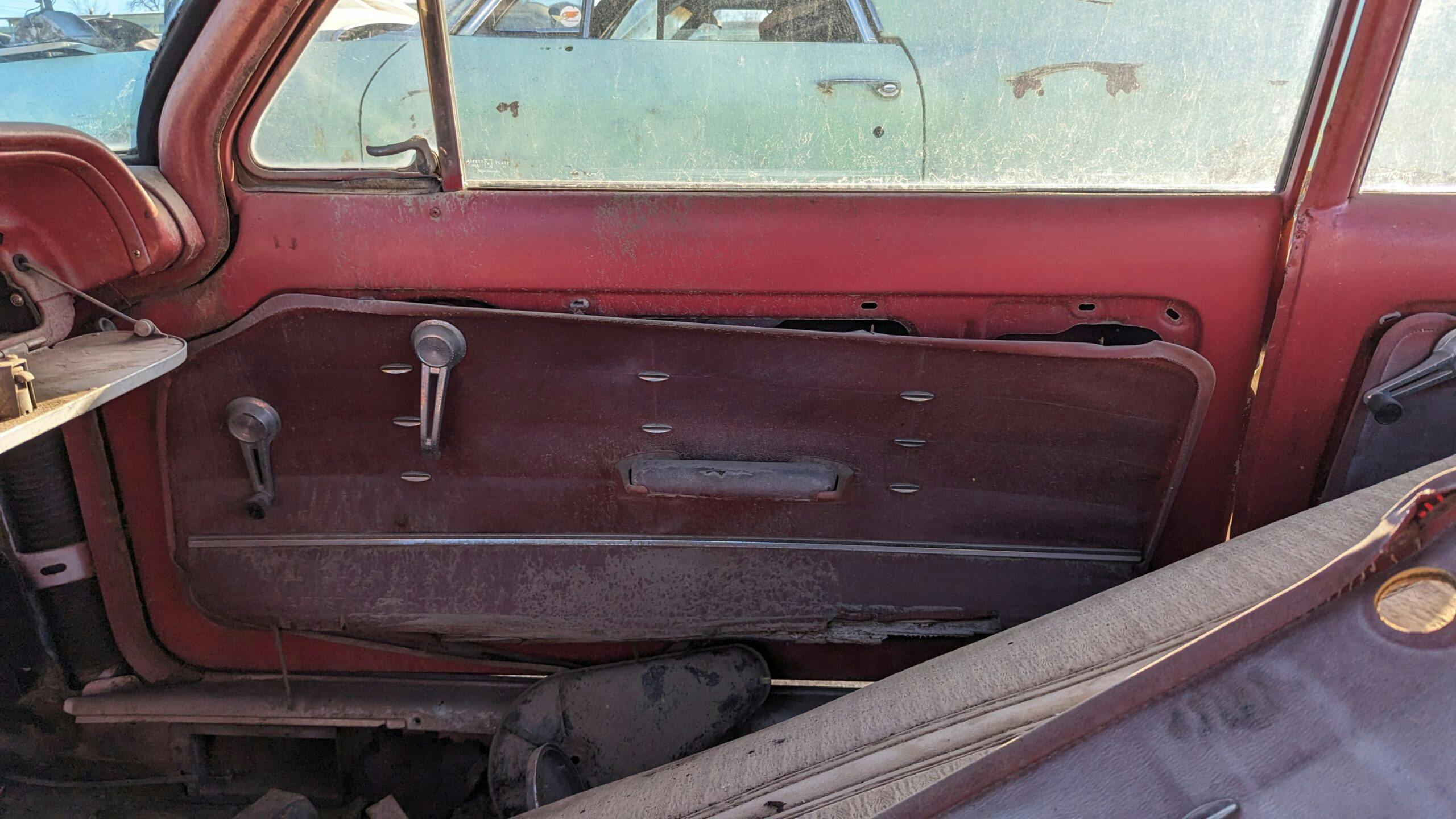

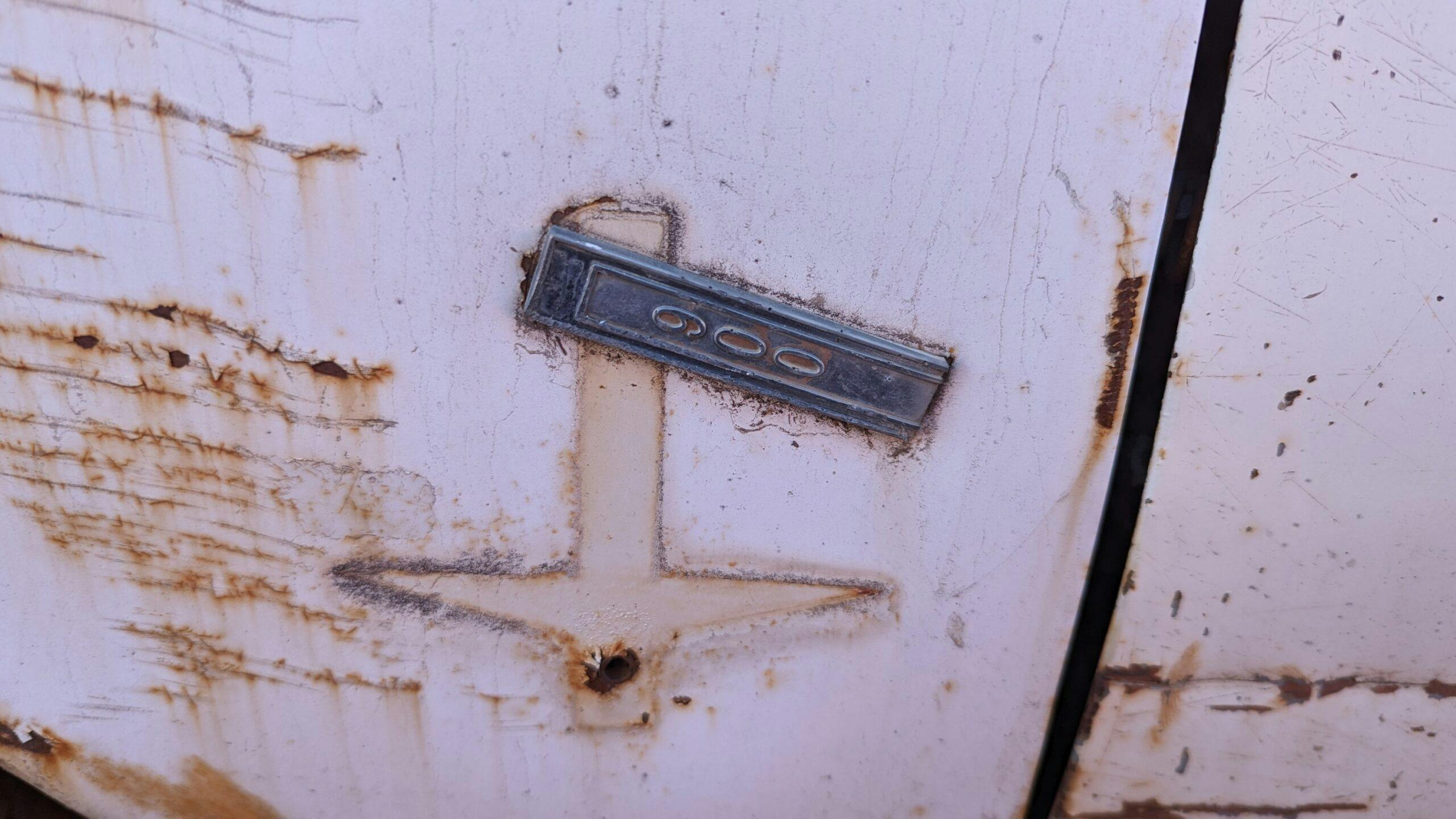


































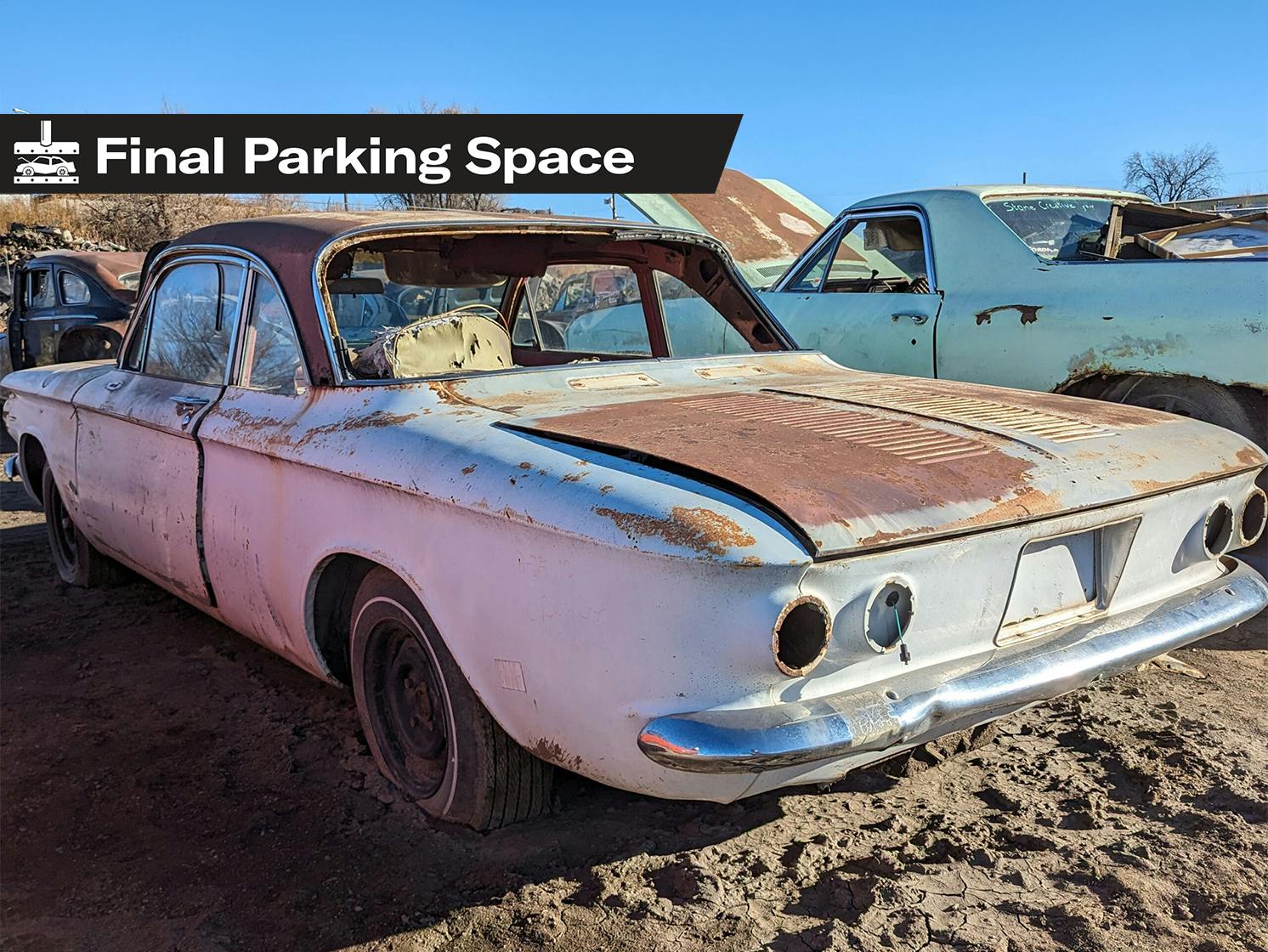
Body is better than most found in the midwest.
The real killer was the Small Block Chevy It was more powerful and cheaper to build than the Air Cooled engine The Corvair was an engineers dream of E Cole. He also dreamed of the Wankel. But cost and emissions both hurt his dreams. While bean counters are blamed often for mistakes they also often protect Engineers from themselves.
Bob Lutz stated this as they saved him from a number of mistakes.
Hard to say the air-cooled, rear-engined Corvair was a “mistake” when you look at the success of the Porsche 911 and the VW Beetle.
The “harsh, high plains Colorado environment” has some temperature extremes and a lot of sun, but it’s usually pretty dry. I could see this being a potentially good basis for a restomod.
Every time I see something like this I want to take a virtual wrench to the crank and see if it turns. This car moves from Grade 5 Masochism to Grade 4 if the engine is salvageable.
Great Corvair historical piece. My favorite take away from this article was the CONELRAD nuclear attack frequencies at 640 and 1240 Khz on the radio dial. As an elementary school student in the early sixties we had nuclear attack drills where we were instructed to shelter in place under our desks. So I’m wondering if the broadcast on the car radio told you to pull over and crawl under your car….
It’s funny. We are probably no more or less at risk of nuclear annihilation now as we were then, but we all seem to have moved on from it. Now we think gasoline is going to kill us all. I wonder what we think will kill us in 30 years
Except 640 and 1240 were not specifically for nuclear attack warnings. They were Civil Defense Information frequencies. They were used in any local or regional disaster when other radio stations were unable to broadcast. They would setup antennas that would continuously broadcast information about open evacuation routes, or where to get water, or where to find shelter, how extensive the damaged area is, anything that would help people wanting to know what to do and where to go in the aftermath of any sort of disaster… tornado, hurricane, floods, and earthquakes were the most common uses. You would find out about incoming attacks and such on “normal” radio stations or TV stations because they would still be working until power went off-line completely… including rendering generators that TV and radio stations would have had to be knocked out to get them off the air in addition to the normal power lines.
Some truths, but the fact is the Chevy II did NOT provide much competition to the Corvair. The Chevy II mostly competed with the Falcon, BUT years ago I looked at the compact production numbers for Chevy, Ford, and Chrysler and SURPRISE. All the compact production numbers started to decline during 1963 as economy recovered from the 58-61 recession! In fact the Corvair declined the least by percentage due to a shift to more “sporty” (and expensive) models. In 1964 a well optioned Corvair Spyder was as much as a full sized Impala – hardly compact car pricing. Fact is as Mustang production ramped up Corvair sales dropped. Yes the MUSTANG killed the Corvair. When Chevy responded with the Camaro in 67 the Corvair was due to be cancelled, but it is suggested the ongoing “Nader” lawsuits prompted management to keep the Corvair going until 69, although the “sporty” Corsa and turbo engine options were cancelled so as not to compete with the Camaro!!
As for the Corvair heater being inadequate — that is just not true. A properly functioning Corvair heater works as well, or better, than other vehicles of the era. I know as I drove one. The problem is poor maintenance of the heating ducts on older cars.
I agree. The Camaro was the Corvairs bigger threat, not the Chevy II/Nova. While the Corvair and Chevy II/Nova were both compacts, the Corvair was marketed as a sporty car while the Chevy II/Nova was a more traditional economy car. Yes, Corvair numbers declined after the Chevy II/Nova was introduced for the 1962 model year, but Chevy II/Nova production numbers declined as well after 1963. Plus, the Corvair and Chevy II were marketed for 8 years together while the Corvair and Camaro only 3.
What has always blown my mind is how quickly the Chevy II was bought to market. Development didn’t even start until 1960, when GM execs saw how the utterly conventional Falcon was outselling all the other compacts combined. Yet by the ’62 model year, the Chevy II was on sale. It all happened so quickly that they didn’t have time to come up with a clever name for it. (Or so I believe.)
These days, when GM is a sad shell of its former self, and Ford outsells Chevy, it’s hard to conceive of a time when GM was an unstoppable force — the largest single company in the world, with the resources and talent to do the sort of things that other companies could only dream of accomplishing.
GM’s motto, whether they like it or not, for the late 1940s-1990s was “GM-We are hyper-focused on the wrong things”
And for the 1990s to 2010, GM’s motto was “GM-Holy shit, the whole thing is coming apart because we focused on the wrong things.”
I wonder how much work it would be to get this going. I have a soft spot for Corvairs, they look great.
If you have never done one before… one that needs EVERYTHING and you just want it to be a stock-looking driver rather than a highly-finished show car, probably 2700 hours or more. Maybe 4000 hours if you include all the time trying to find parts you need or parts that will be an improvement from stock. If you have done a Corvair before that needed, literally everything… you could probably “do” that one in 1250 hours-ish. To do it that fast means you would clean up the cylinders, but not necessarily restore the finish to factory appearance. You would paint the car, but not wet sand every coat with 2000 or 3000 grit sandpaper and blocks. Also means you would restore the stock seat frames and start with all new soft materials over the frame in the same style as the original seats. That also assumes you have SOME skill at forming replacement pieces of sheet metal to replace corroded bits–and that you can weld at least reliably, if not beautifully. If you are going to learn skills like that while doing the job… add 100s and 100s of hours to the build. A “day job” that is 8 hours a day, 5 days a week with 4 weeks of paid time off per year is 1,920 hours a year just for “measurement” purposes. Do you know how to disassemble, clean, inspect, and repair any problems with the Corvair transmission and differential? Add 100s more hours to learn.
I have one of each body style, a 62 and a 65. They share a lot of parts but are really two different cars. The 65 drives more like a modern car and is better looking, but my 62 gets all the attention at the car shows. They are the cheapest and easiest car to restore, other than a early mustang. The smiles per gallon area through the roof.
A friend, Don Sturly, tweaked his ’62 for years–until he won the Nat’l Gym Khana chapionship for several years in late 60’s early 70’s for the SCCA. Ralph Nader had his book in gallies when publishers told him that the Cadillac he featured would be better to shift emphsis to Corvair because of People’s Car more likely to sell book!
I always smile when I read an article like this one where it is stated that the car is probably better used as a donor instead of a restoration candidate. I’m Canadian and live in the SW British Columbia Fraser Valley (Vancouver) and while we live in the most temperate climate in Canada, seeing an old car (a neat coupe even) with it’s floors and rockers intact is a sight that is as common here as a US 2 dollar bill! Cars like that are the ones we are willing to travel to to get our hands on. Anything that doesn’t look like it came from the Flintstone garage is considered restorable.
I agree. This car has a lot of surface rust, but doesn’t seem to have a lot of major body issues, other than a few dings here & there. A lot of the small parts missing (lenses, horn ring, dash stuff) are probably easily found. Rear glass may be a chore to locate, but the car looks to be very restorable. It would have to be a hobby car or labor of love though as costs would easily exceed any final resale value.
looks quite similar to our very 1st car – late one spring ~’66, we 3 high school kids, got together in gym class, and shared the $75 price to purchase an extra-well-used ~’60-’61 corvair, that had been traded-in at the nearby foreign motors dealer. got it home somehow, and got it cleaned up + going pretty good, but never registered it. spent the summer listening to early rock on its AM radio, and wasted hours + gasoline driving it repeatedly up and down a long driveway, cranking it up into 3rd or 4th gear, just before breaking hard to avoid running out into the street. my friend’s mother must have been a saint. the fun finally ran its course, and we sold it for about $100 in the fall, but not before nearly losing a finger in the flat 6’s horizontal fan – and then it was gone. the start of a long parade of mostly motley 2 + 4 wheeled vehicles. those were the days. oh, to do it all over again. …and how bout you?… keep on driving, + cheers. / sn